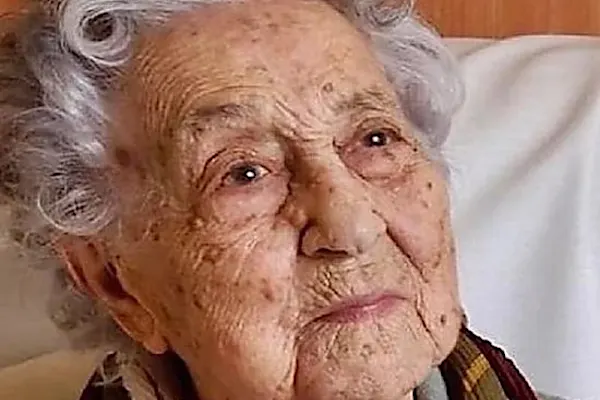Granulation tips
today’s Pharmaceutical industries, the Granulation Technique is highly employed to get better Quality granules. Granulation is the act or process of forming or crystallizing into grains. Granules typically have a size range between 0.2 to 4.0 mm, depending on their subsequent use.
Synonym “Agglomeration“: Agglomeration processes or, in a more general term, particle size enlargement technologies are great tools to modify product properties.
Agglomeration of powders is widely used to improve physical properties like wettability, flowability, bulk density, and product appearance.
Pharmaceutical industry: In the pharmaceutical industry, granulation refers to the act or process in which primary powder particles are made to adhere to form larger, multiparticle entities called granules.
It is the process of collecting particles together by creating bonds between them. Bonds are formed by compression or by using a binding agent.
The granulation technique is extensively used in the manufacturing of tablets and pellets.
The granulation process combines one or more powder particles and forms a granule that will allow the tableting or spheronization process to be within the required limits. This way predictable and repeatable process is possible, and quality tablets or pellets can be produced using tableting or spheronization equipment.
Purpose of Granulation Technique:
Granulation is carried out for various reasons. One of those is to prevent the segregation of the constituents of powder mix. Segregation is due to differences in the size or density of the component of the mix. Normally, the smaller and/ or denser particles tend to concentrate at the base of the container, with the larger and/or less dense ones on the top.
An ideal granulation will contain all the constituents of the mix in the correct proportion in each granule, and segregation of granules will not occur.
Many powders, because of their small size, irregular shape, or surface characteristics, are cohesive and do not flow well. Granules produced from such a cohesive system will be larger and more isodiametric, both factors contributing to improved flow properties.
Some powders are difficult to compact even if a readily compactable adhesive is included in the mix, but granules of the same powders are often more easily compacted. This is associated with the distribution of the adhesive within the granule and is a function of the method.
For example, if one were to make tablets from granulated sugar versus powdered sugar, powdered sugar would be difficult to compress into a tablet, and granulated sugar would be easy to compress. Powdered sugar’s small particles have poor flow and compression characteristics. These small particles would have to be compressed very slowly for a long period of time to make a worthwhile tablet.
Unless the powdered sugar is granulated, it could not efficiently be made into a tablet that has good tablet characteristics, such as uniform content or consistent hardness.
Granulation techniques:
In the pharmaceutical industry, two types of granulation Techniques are employed, namely, wet granulation and dry granulation.
Wet granulation:
In wet granulation, granules are formed by the addition of a granulation liquid onto a powder bed, which is under the influence of an impeller or air. The agitation results in the system, along with the wetting of the components within the formulation, results in the aggregation of the primary powder particles to produce wet granules.
The granulation liquid contains a solvent that must be volatile. So that it can be removed by drying and be non-toxic. Typical liquids include water, ethanol, and isopropanol, either alone or in combination.
The liquid solution can be either aqueous-based or solvent-based. Aqueous solutions have the advantage of being safer to deal with than solvents. Water mixed into the powders can form bonds between powder particles that are strong enough to lock them together.
However, once the water dries, the powders may fall apart. Therefore, water may not be strong enough to create and hold a bond. In such instances, a liquid solution that includes a binder is required. Povidone, which is polyvinyl pyrrolidone, is one of the most commonly used pharmaceutical binders. PVP is dissolved in water or solvent and added to the process.
When PVP and solvent/ water are mixed with powders, PVP forms a bond with the powders during the process, and the solvent/ water evaporates. Once the solvent/ water has been dried and the powders have formed a more densely held mass, then the granulation is milled. This process results in the formation of granules.
The process can be very simple or very complex depending on the characteristics of the powders, the final objective of tablet making, and the equipment that is available. In the traditional wet granulation method, the wet mass is forced through a sieve to produce wet granules, which are subsequently dried.
Dry granulation:

The dry granulation process is used to form granules without using a liquid solution. Because the product granulated may be sensitive to moisture and heat. Forming granules without moisture requires compacting and densifying the powders. In this process, the primary powder particles are aggregated under high pressure.
A swaying granulator or high-shear mixer granulator can be used for dry granulation.
Dry granulation can be conducted under two processes; either a large tablet is produced in a heavy-duty tableting press, or the powder is squeezed between two counter-rotating rollers to produce a continuous sheet or ribbon of materials.
When a tablet press is used for dry granulation, the powders may not possess enough natural flow to feed the product uniformly into the die cavity, resulting in varying degrees of densification.
The roller compactor uses an auger-feed system that will consistently deliver powder uniformly between two pressure rollers. The powders are compacted into a ribbon or small pellets between these rollers and milled through a low-shear mill. When the product is compacted properly, then it can be passed through a mill and final blend before the tablet compression.
References:
- Handbook of Pharmaceutical Granulation- 3rd Edition Editor- Dilip M. Parikh
- Pharmaceutics – The science of dosage form design – M. E. Aulton 2nd EDT
- Pharmaceutical dosage forms and drug delivery system – Loyd V. Allen, Nicholas G. Popovich & Howard C. Ansel 8th EDT Lachman Leon, Industrial pharmacy, special
- Indian edition, CBS publishers External links
- Nanoparticle technology handbook






New technique kindly send me .
I want to join the group learn purpuse because Iam working at Granulation .
Granulation is tec